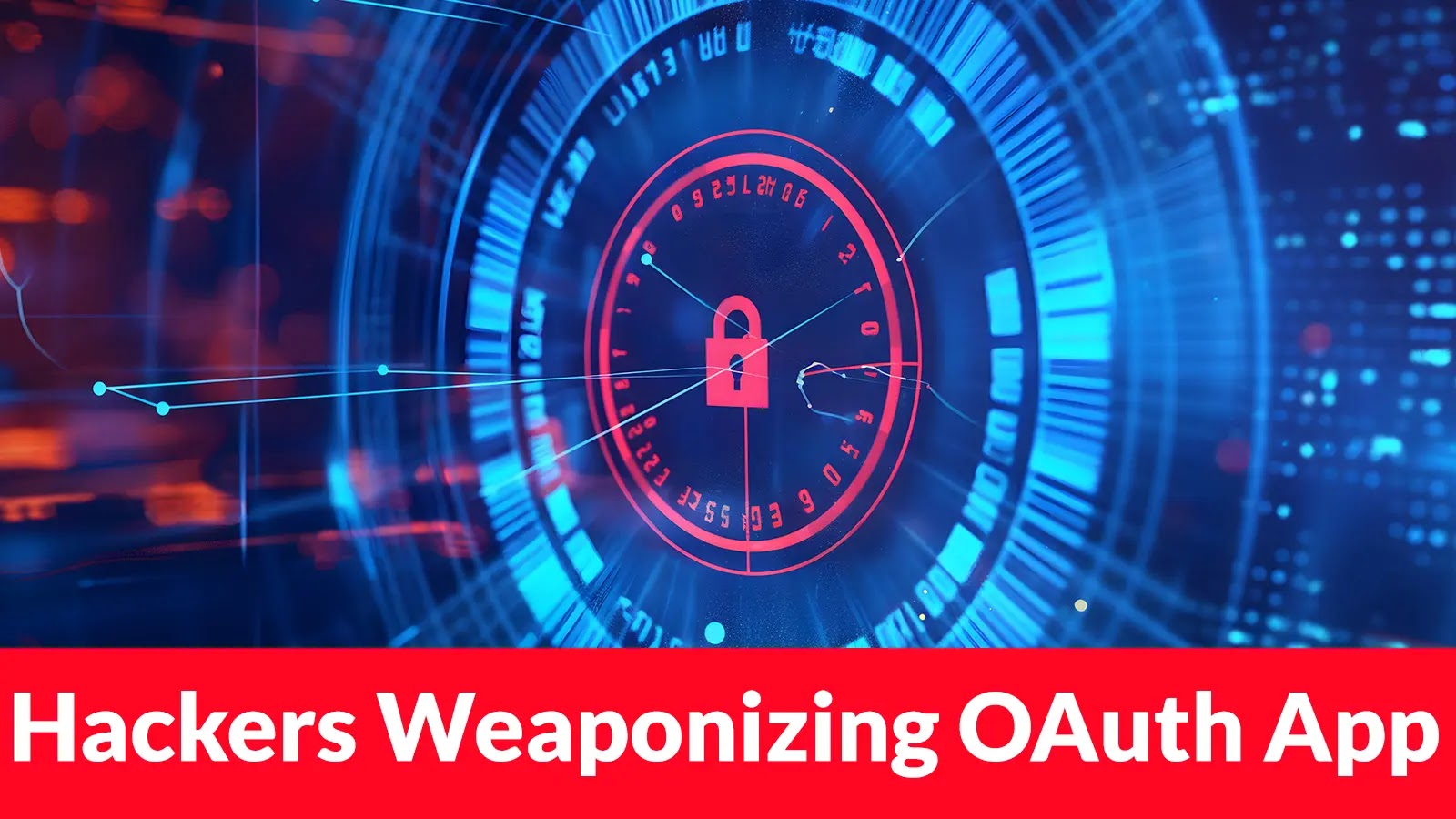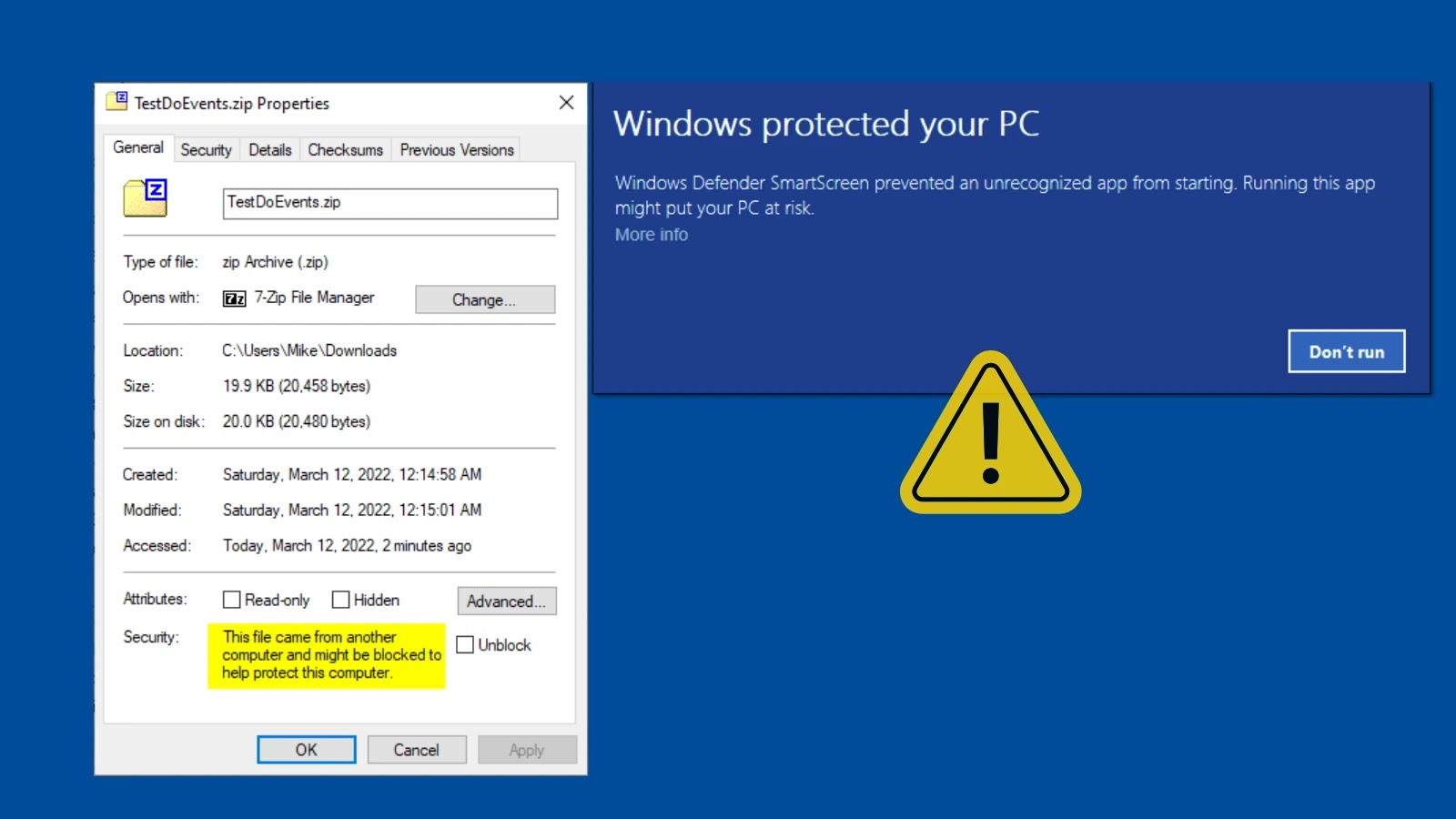In recent developments, cybercriminals and state-sponsored actors have refined their tactics to exploit OAuth applications, securing enduring access to compromised cloud environments. This method allows attackers to maintain control over critical organizational resources, such as email accounts, document repositories, and communication platforms, even after affected users reset their passwords.
Understanding OAuth and Its Exploitation
OAuth (Open Authorization) is a widely adopted protocol that enables third-party applications to access user data without exposing login credentials. While designed to enhance security and user convenience, OAuth’s inherent trust mechanisms can be manipulated by malicious actors. By registering and authorizing internal applications within a cloud environment, attackers can establish persistent access that remains unaffected by changes to user credentials.
The Attack Vector: A Closer Look
The exploitation process typically unfolds as follows:
1. Initial Compromise: Attackers gain access to a user’s cloud account through methods like phishing, credential stuffing, or exploiting vulnerabilities. This initial breach provides the foothold needed to proceed with further malicious activities.
2. Application Registration: Utilizing the compromised account’s privileges, attackers register new internal applications within the organization’s cloud environment. These applications are designed to appear as legitimate business tools, thereby evading detection.
3. Authorization and Permission Scoping: The malicious applications are granted specific permissions, such as access to mailboxes, document storage, and communication platforms. These permissions are carefully selected to align with the attackers’ objectives, enabling them to conduct reconnaissance, exfiltrate sensitive data, and launch subsequent attacks.
4. Persistence Mechanism: By creating these internal applications, attackers establish a persistence mechanism that operates independently of user credentials. This means that even if the compromised user resets their password or enables multifactor authentication, the malicious applications retain their authorized access.
Challenges in Detection and Mitigation
Traditional security measures often fall short in identifying and mitigating this type of attack due to several factors:
– Implicit Trust: Internal applications are generally trusted within an organization’s cloud environment, making it challenging to distinguish between legitimate and malicious applications.
– Lack of Visibility: Security controls are typically more focused on monitoring external applications, leaving internal applications less scrutinized.
– Credential Independence: Since the persistence mechanism does not rely on user credentials, actions like password resets do not disrupt the attacker’s access.
Real-World Incidents and Research Findings
Security researchers have documented instances where attackers have successfully implemented this technique. For example, Proofpoint analysts identified cases where threat actors used reverse proxy toolkits and phishing lures to steal credentials and session cookies. Once inside the cloud environment, they registered internal applications with custom-defined scopes and permissions, maintaining access to critical resources for extended periods.
In one documented incident, attackers operating through US-based VPN proxies created an internal application named ‘test’ with permissions to read emails and maintain offline access. This access persisted for four days, even after the victim’s password was changed.
Technical Implementation: Automation and Token Management
The technical sophistication of these attacks is evident in the automated processes employed by attackers:
– Automated Application Deployment: Attackers use tools to streamline the registration and configuration of malicious applications, aligning permission scopes with their objectives.
– Ownership Assignment: The compromised user account is set as the registered owner of the new application, lending it an appearance of legitimacy.
– Credential Generation: Cryptographic client secrets are generated, serving as the application’s authentication credentials. These are often configured with extended validity periods, sometimes up to two years.
– Token Collection: Multiple OAuth token types, including access tokens, refresh tokens, and ID tokens, are collected to maintain persistent access.
Recommendations for Organizations
To defend against this evolving threat, organizations should consider implementing the following measures:
1. Regular Audits: Conduct thorough audits of all registered applications within the cloud environment to identify and remove any unauthorized or suspicious applications.
2. Enhanced Monitoring: Implement monitoring solutions that provide visibility into both internal and external applications, focusing on unusual registration and authorization activities.
3. User Education: Educate users about the risks of phishing and other social engineering attacks that can lead to initial account compromise.
4. Conditional Access Policies: Develop and enforce conditional access policies that limit application permissions based on necessity and user roles.
5. Incident Response Planning: Establish and regularly update incident response plans to address potential OAuth exploitation scenarios promptly.
By understanding the mechanisms behind OAuth application exploitation and implementing proactive security measures, organizations can better protect their cloud environments from persistent unauthorized access.



